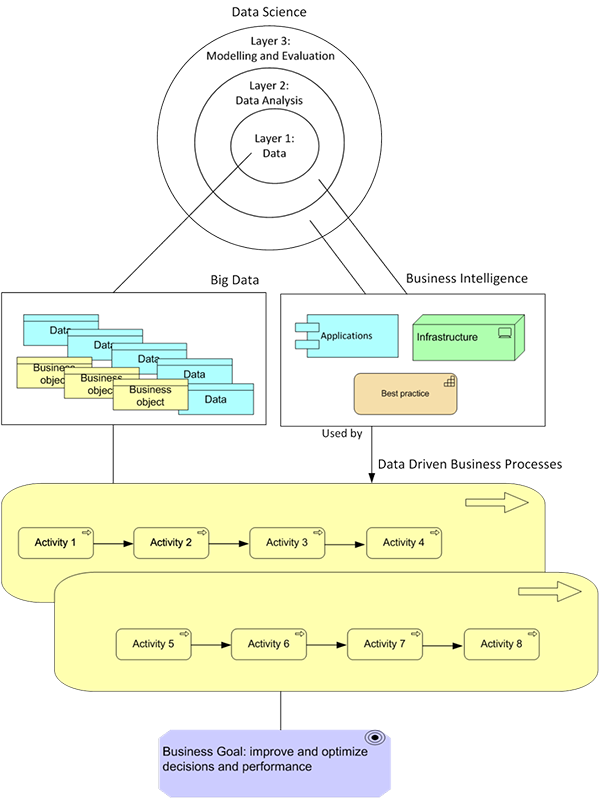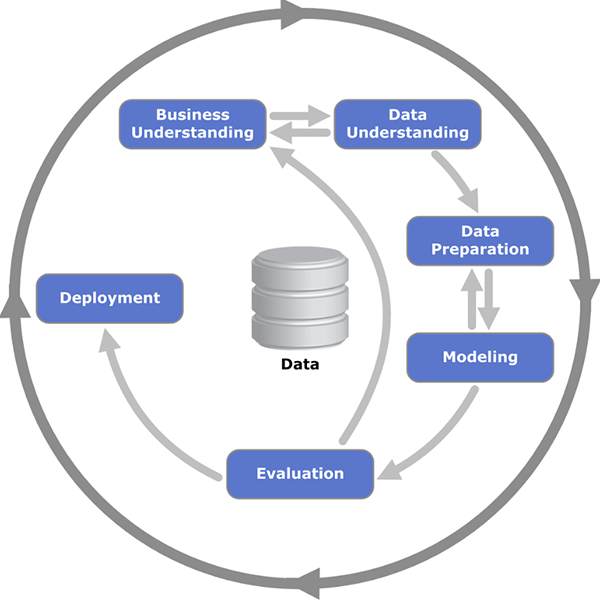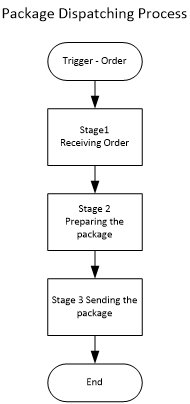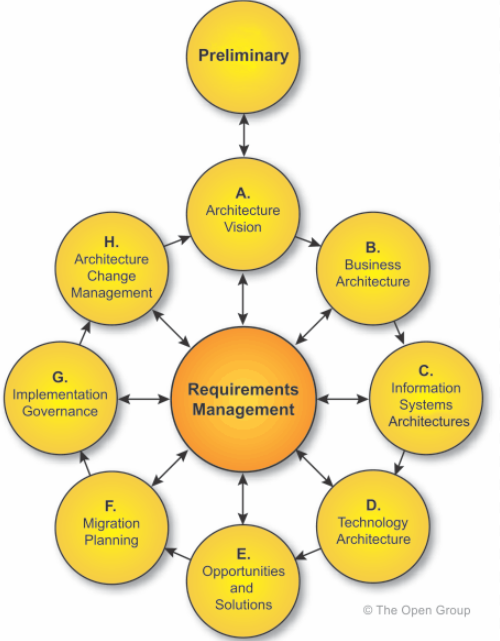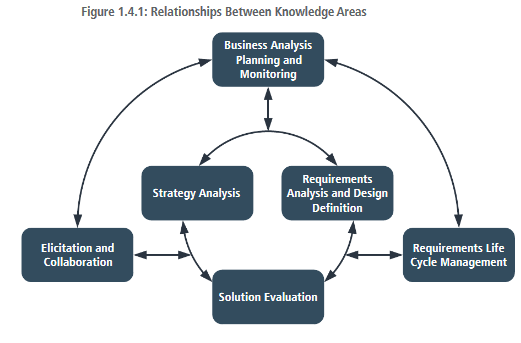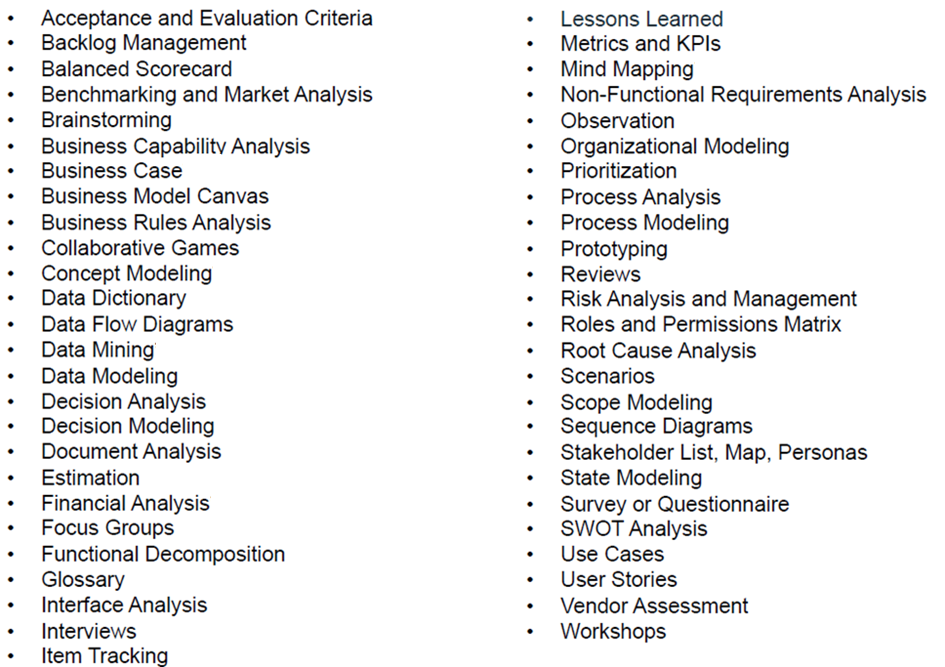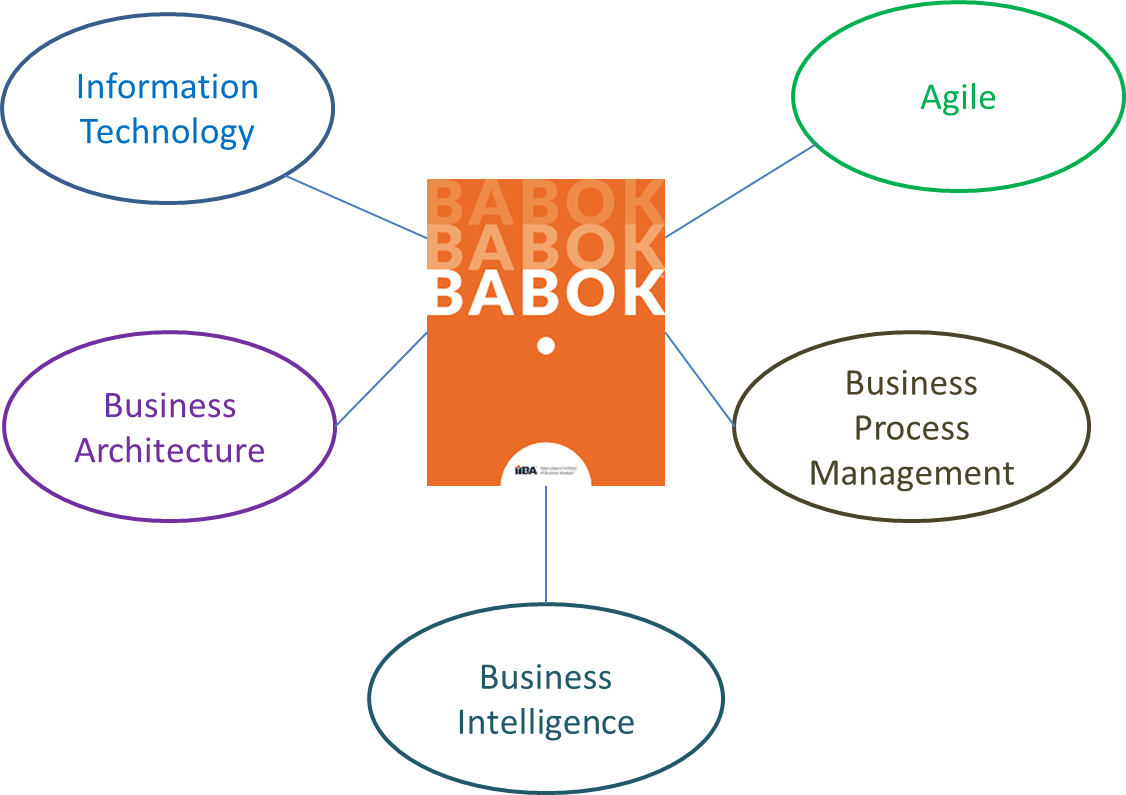3 Things Business Analysts Must Know About the Digital Organization
Digital Organization has been a popular term when talking about reforming the Organization with IT technology and exploring the new Business Opportunities.
Here are the 3 things Business Analysts must know about the Digital Organization.
1. What does a Digital Organization mean?
In a Digital Organization, not only the digital capability but also the digital mind-set is enabled and practised through Organization model: 1) Strategy & Leadership; 2) Daily Operations 3) Research Innovation 4) Product & Services, 5) Resource Competency.
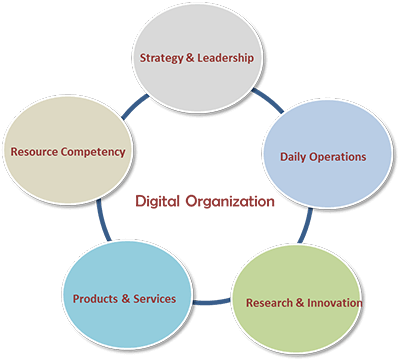 Figure 1 Digital Organization Model
Figure 1 Digital Organization Model
- Strategy & Leadership
Real-time and meaningful information can form the basis for Strategy analysis and decisions. The Management Team would need insightful overview of the Organization performance and then steer the management effectively. Applications and Analytics Tools are the digital capabilities to support the Strategy & Leadership.
More importantly, the Management Team needs to have digital mind-set for setting up the Enterprise Digital Strategy which supports the Business Strategy or even part of the Business Strategy. A Digital Organization requires the steering and commitment from the Management Team. - Daily Operations
Digital and automated Business Processes do not mean taking off people’s job. It means everyone can access the information more efficiently and take actions more quickly. Everyone is the owner of a piece of information. If there is no Information available or accessible, it is everyone’s own interest to raise the improvement request and share it with others. Any digital issue identified at daily operations could have large impact on the performance of an Organization. - Research & Innovation
A Digital Organization can make more profit out of the Research & Innovation with the aid of new insight from data analytics. Research & Innovation is crucial for any type of Industry. Understanding the proper data and making use of it can create new business opportunities. A Bank might predict the investment risks by performing the scenario analysis and create new investment products. An Engineering Service company may provide data product in addition to the services. There is unlimited number of opportunities for R&D to drill down into the data and explore. - Products & Services
Each Organization provides Products or/and Services. How to achieve the Financial Goal is a strategic question to answer. The strategic analysis of Sales requires the support of all kinds of data: the Marketing Forecast, Competitor Analysis, Budgeting Analysis, etc. In a Digital Organization, from identifying the prospects, till closing the contracts, all the Sales Information needs to be available, accessible and reliable.
For the Product Production, the Quality Control Information and Production Process Information can be digitized and automated for efficiency improvement in a Digital Organization.
For a Service Provider, the Planning Information, Pricing Information and Logistics Information might be essential for the Business Model. How to optimize them and attract more Clients would require a thorough data analysis in a Digital Organization.
In a true Digital Organization, new Product or Service might be identified and explored. - Resource Competency
In a Digital Organization, the most essential competence is not the Computer skills, but is all about the mind-set and focus on the digitization improvement possibility. The Digitation Need can come from any role within the Organization and the awareness of the Digitization should be promoted within the personnel.
Every Digitization change will bring changes to Personnel’s daily work and demand on the new competence. The personnel will need to get trained for keeping up with the new Digital capability.
2. Digitization Maturity Level Of An Organization
Each Organization is nowadays digitized to a certain level. The maturity level can be rated based on the availability and complexity of the information analytics
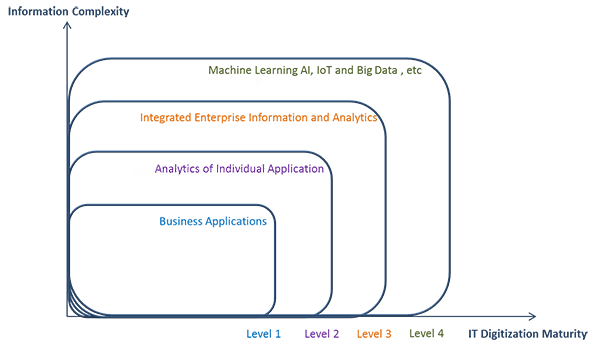 Figure 2 Digitization Maturity Level
Figure 2 Digitization Maturity Level
- Leve 1
Various Business Applications are available to support standard Business Operations in a specific domain; such as a Finance Invoicing Application; a Customer Relationship Management Application (CRM); a Planning Application; a Document Management System. - Level 2
The analytics can be done for the individual Application and provides more insight of the Application Data. For example, the overdue Invoice list can be created based on the data in the Finance Invoicing Application. The acquaintance with the clients can be drawn based on the contact records in a CRM system. - Level 3
The information of multiple domains of multiple Applications can be integrated and analysed to provide Enterprise-wide insights. For example, the Financial Invoicing Information can be integrated with the Project Budget information to provide the insight of Cost vs. Budget. The Project Planning Information can be integrated with the Project Document Deliverable information to provide more insight of the Project Progress. - Level 4
More advanced technology, such as Machine Learning AI, Internet of Things, Big Data can reveal more insights from the huge amount of data, which could even trigger a new Business Model for the Organization. For example, Big Data of all the historical Project Planning information can be researched for identifying the general pattern of Planning, which can be used for automation or optimization.
3. Approach options for building a Digital Organization
First of all, building a Digital Organization is a Continuous Improvement strategy. However, “Rome was not built in a day”. Where to start and how to continue? There are different development-approach options in different dimensions:
Dimension 1 Organization Hierarchy Level: Top-down, Bottom-up
Dimension 2 Scope Complexity Level: Parallel or One-transition.
- Top-down: This is the most ideal approach. The Management Team of the Organization gives full support and drives the Digitization development of the Organization. The Digitization Strategy and Roadmap will be part of the Corporate Strategy and Business Development Roadmap. The Digitization Maturity Assessment will be performed regularly to identify the Digitization Improvement opportunities.
- Bottom-up: When there is no sponsorship from the Management Team. IT Department will play a very important role in providing Digitization advice to any role in the Organization; can be to Process Owners, or to a Subject Matter Expert. The ultimate goal is however to achieve the Sponsorship from the Corporate Management Team.
- Parallel: For an Organization with a complex and huge IT landscape, it is not realistic to change the Digitization Maturity overall at one GO and it is not necessary either. For some Business domains, the Digitization Maturity might be high enough and nothing needs to be changed. To avoid big turbulence in the Organization, a pilot Digitization project can be carried out for applying new Business Strategy and Technology possibilities, while the rest of the Organization remains using the existing Business Process and IT landscape.
- One-transition: For a small size Organization with limited number of IT applications, it could be more efficient to improve the Digitization in one GO. The most importance factor for a successful Digitization change is a clear definition of the Business Case with quantified Return On Investment.
If mixing the two dimensions, there are four options, actually three, because option 4 is impossible to succeed.
Option 1: Top-down and Parallel; Option2: Top-down and One-Transition;
Option 3: Bottom-Up and Parallel; Option 4: Bottom-Up and One-Transition
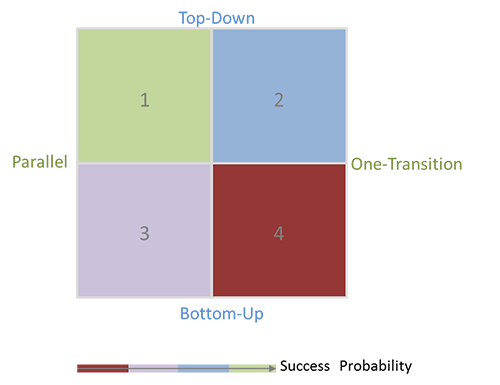 Figure 3 Digitization Approach Options
Figure 3 Digitization Approach Options
4. Conclusion
Digitization is not a new term at all. It is good to see that more and more Organizations are paying attention to it and most importantly gaining Business Benefits out of it. “A journey of a thousand miles begins with a single step”, just do it and we will be there.


